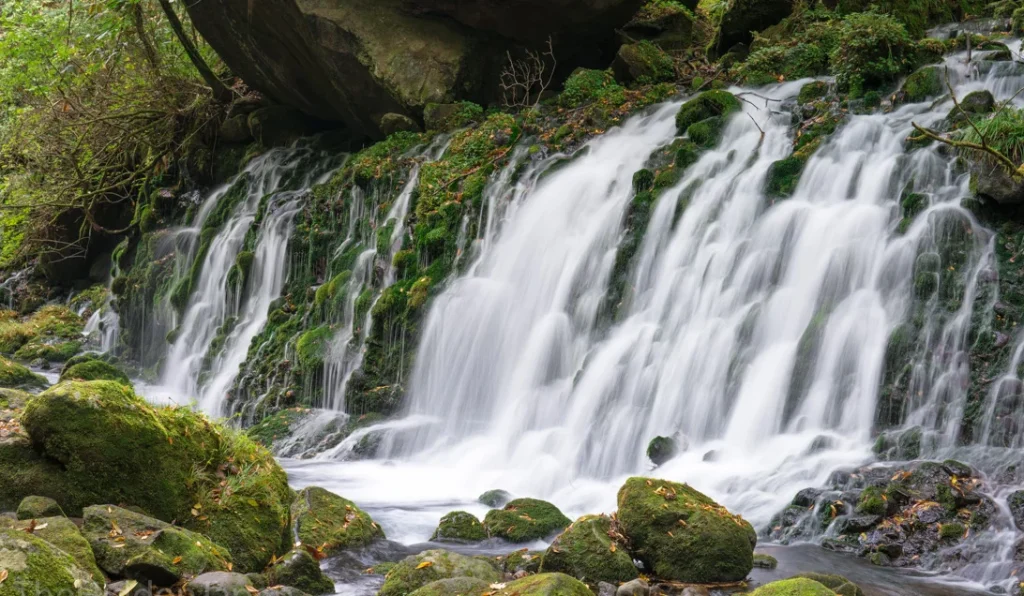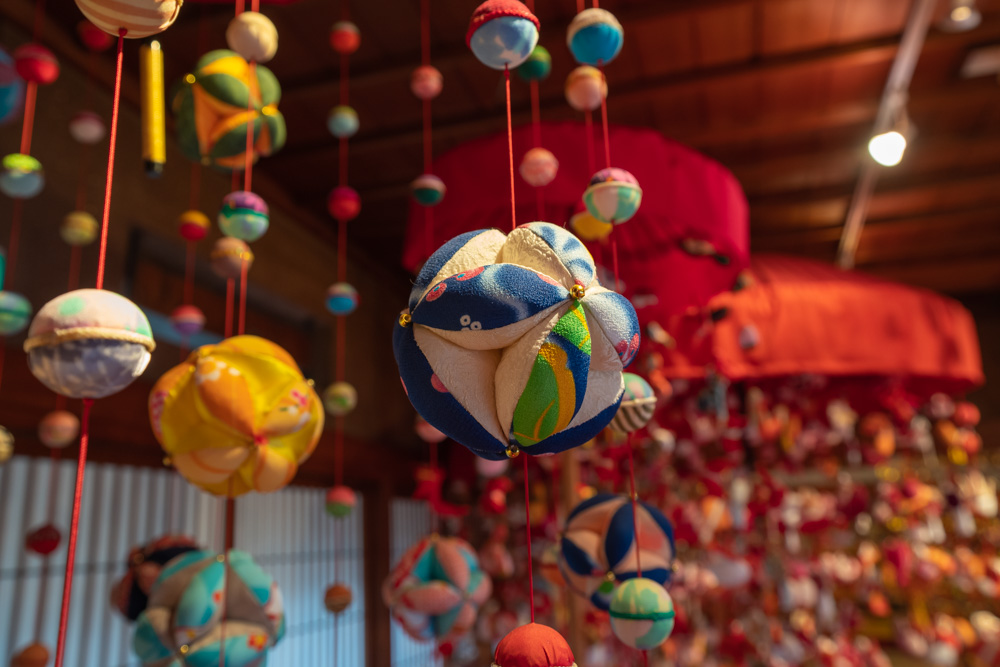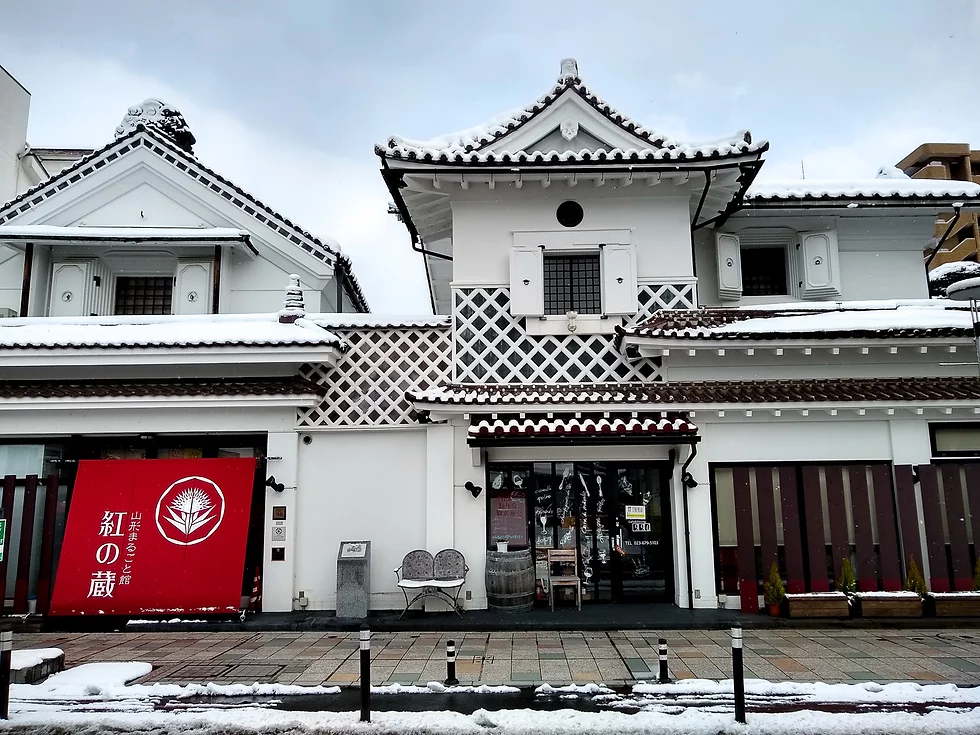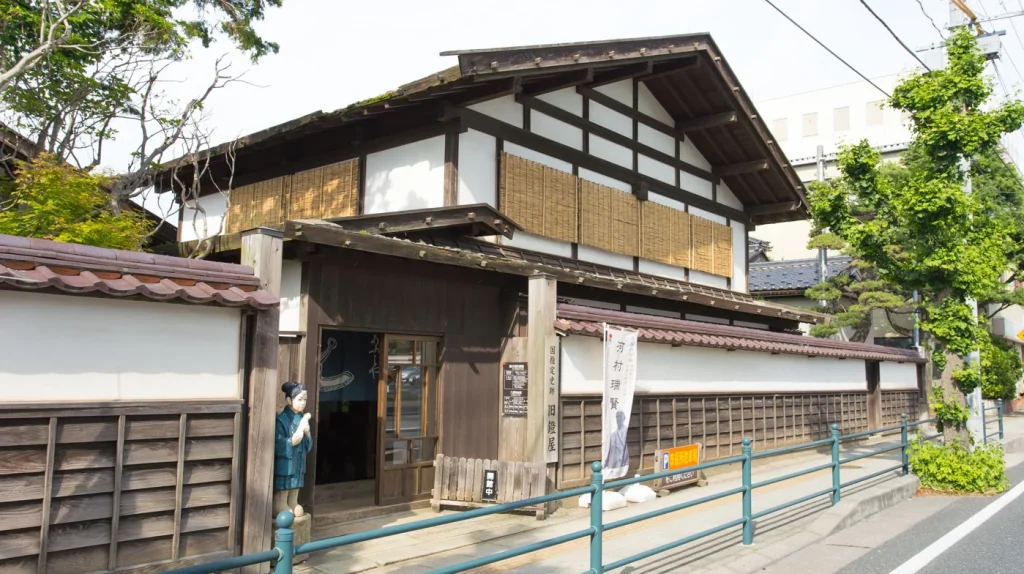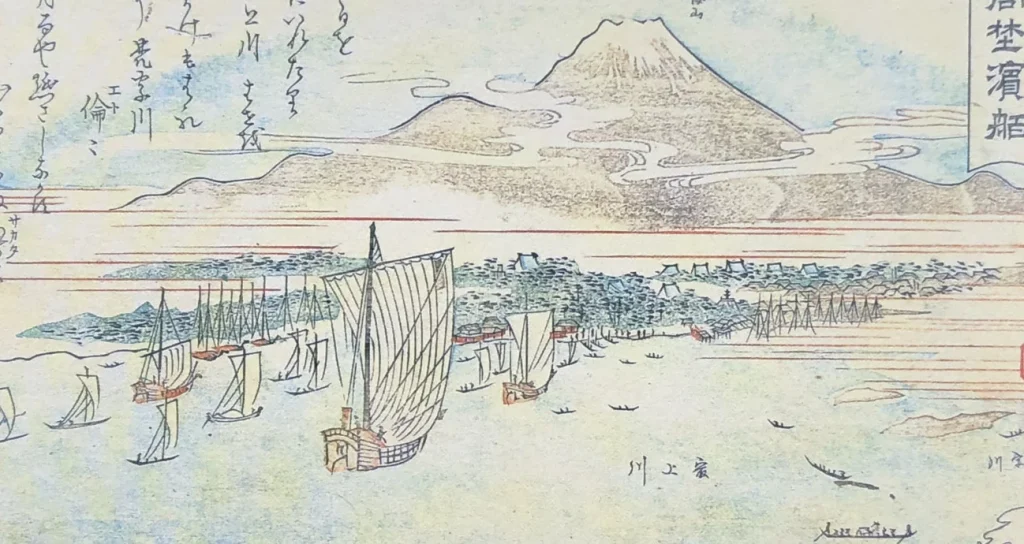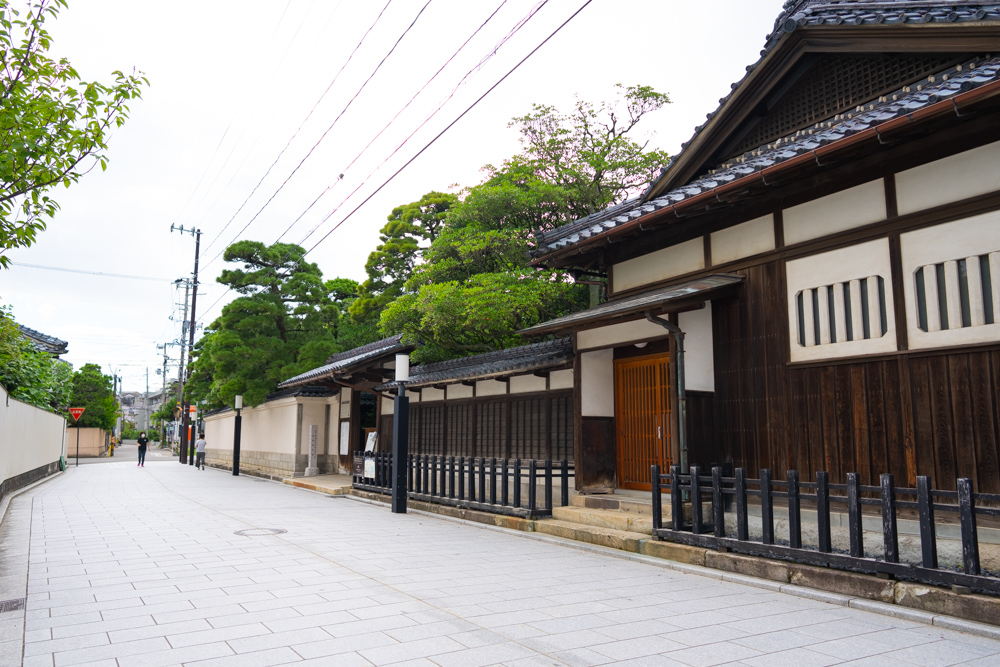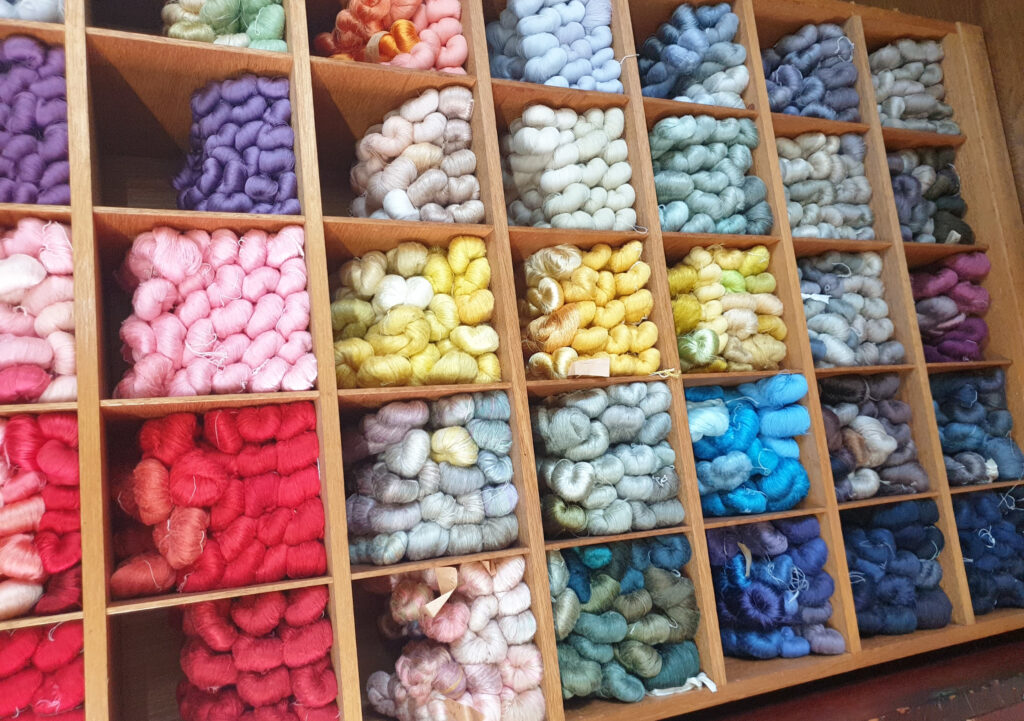
Tohoku Area
Celebrating all 6 of Tohoku's yearly festivals, all in one grand festival.
The cicadas chirp, the sparrows sing, and the faint ton ton ton of the taiko drums join the chorus of the sounds of the city, dogs barking, phones ringing, and other everyday sounds that mangle the soundtrack of our typical daily lives.
For many here in the northern region of Tohoku, summer is its own reward as after the harsh, frigid, snow-filled winter, the lazy warm days of summer are a time to relax, pick fruits, and enjoy all that life has to offer. However among the tranquil lull of summer days, as the sun sets, the clacking of zori sandals, the flourish of dancing yukata, and the glow of chochin lanterns illuminate the city with light, laughter, and a feeling of ease as the festival season here in Japan has begun.
Japanese festivals bustle with life and song as they were once thought to be a means to make our voices heard by the gods. Nearly every city, town, village, and neighborhood in Japan has its own unique festival held during the summer. Ranging from massive displays of lanterns and parade floats to simple gatherings of local communities assembling in the streets to light sparklers together after dusk. In Japan, no two festivals are quite the same and each holds its own special magic. However with so many different festivals and celebrations, how ever can one be expected to choose which to attend and which to forgo?
Introducing the Tohoku Kizuna Festival; a collective regional festival celebrating all 6 of the major prefectural festivals held yearly here in Tohoku, all in one grand festival! The Aomori Nebuta Festival, Akita Kanto Festival, Iwate Morioka Sansa Odori Festival, Sendai Tanabata Festival, Fukushima Waraji Festival, and the Yamagata Hanagasa Festival can all be experienced here in one spectacular event.
Quick Info
Address
2021: Yamagata City
2022: Akita City
2023: Aomori City
Other tips
The 2021 Kizuna Festival in Yamagata City
The History of the Tohoku Kizuna Festival
The Kizuna Festival was originally called the Rokkon Festival and was started in 2011 as a way to pay respects to the victims of the Great East Japan Earthquake and Tsunami as well as to reignite hope and joy to the Tohoku region. The name of the festival was later changed to Kizuna, meaning “bonds” or “ties” as the festival is a way to bring all of Tohoku together for two special days every year in the early summer.
During the event, a slice of each of the six festivals can be witnessed in a massive parade featuring the local specialties of each region gallivanting down the streets in a proud display of song, dance, music, and light! In addition street vendors featuring local specialty foods and carnival games line the streets, and special performances are held by idols, celebrities, and even the aerobatic demonstration team of the Japan Air Self-Defense Force has been known to make an appearance!
See all of Tohoku in just one trip! For those who can’t decide which festival sounds best, or for those who simply want a taste of all of the festivals for themselves, the Kizuna Festival offers incredible variety and diversity that showcases the best of what Tohoku has to offer. The location of the festival rotates on a yearly basis.
The Six Festivals of The Kizuna Festival
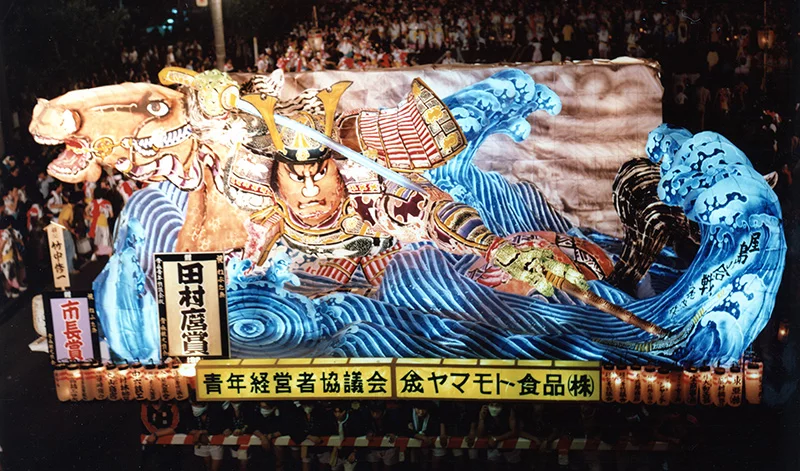
Aomori Nebuta Festival (August 2nd - 7th)
The origins of the Nebuta festival cannot quite be pinned down as it’s a tradition that seemingly has transcended time altogether in one of the biggest festivals in all of Japan! In a celebration of fire and light, large paper lantern floats called Nebuta are carried around town as haneto dancers sing out “rassera rassera” into the night. The lantern floats are skillfully crafted throughout the year leading up to the festival by the hands of traditional craftsmen and bring to life striking scenes and legends from Japanese mythology and lore.
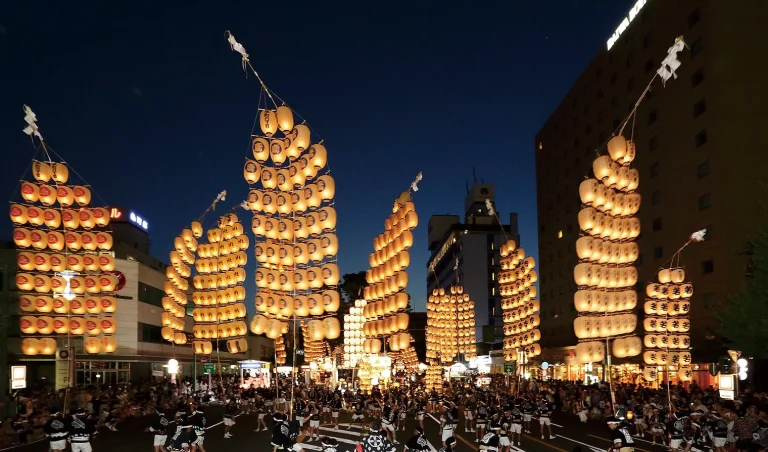
Akita Kanto Festival August (3rd-6th)
Looking up at the towering lantern poles of the Kanto Festival, one feels as if they are but a grain of rice that has fallen to the bottom of a field, looking up at the bright bushels of rice swaying in the wind. Having started over 270 years ago, the Akita Kanto Festival welcomes a bountiful rice harvest in the fall months to come and is renowned for the massive lantern poles that can reach heights of 12 meters and weigh nearly 50 kilograms. One pole can have as many as 46 lanterns, all individually lit by real candles. “Dokkoisho dokkoisho” is the chant bellowed as lantern bearers compete to see who can lift and balance the largest pole as they are encouraged by the drumming, dancing, and singing of the traditional melodies of Akita.
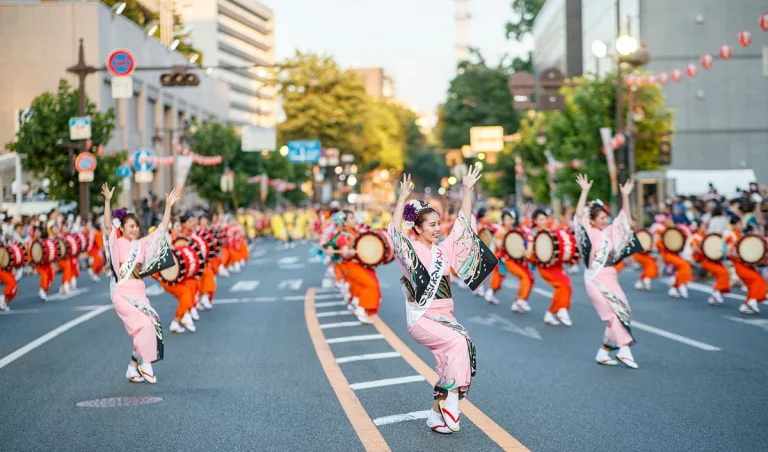
Iwate Morioka Sansa Odori Festival (August 1st - 4th)
It is said that a long time ago, the village was attacked by a terrible demon that ravaged the village, terrorizing the lives of the townspeople. That is of course until a goddess heard the prayers of the people and vanquished the demon from the village for good. In fits of joy, the villagers began singing, dancing, and playing drums to thank the goddess, a tradition that has carried on and lives on even in the modern-day! Every year, nearly 35,000 dancers participate in what is not only one of the biggest dance-based festivals in all of Japan, but additionally is the world-record-holding largest Taiko drum festival in the entire world! Participation is highly encouraged and undoubtedly you too will be dancing to the beat of the drum by the end of the night!
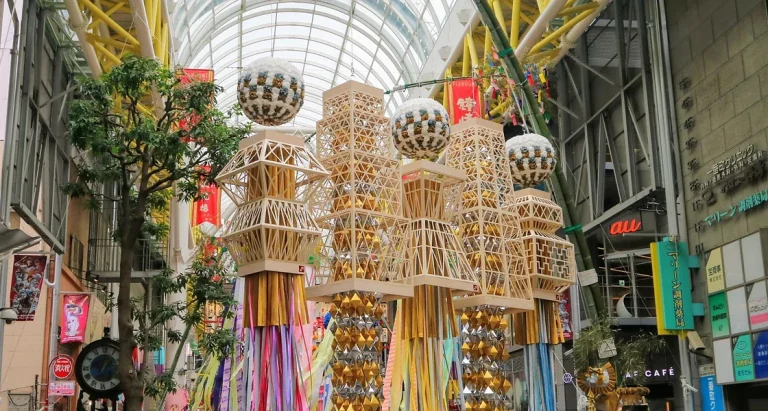
Sendai Tanabata Festival (August 6th - 8th)
Tanabata is the Japanese Star festival and celebrates the story of Orihime and Hikoboshi, forbidden celestial lovers separated by the milky way, united only on one night of the year during the Tanabata festival in Sendai City. The Sendai Tanabata Festival is the most famous Tanabata festival in Japan and dates back to the days of the samurai. During the festival, the city comes to life with extravagant paper and bamboo ornaments that draw 2 million visitors annually. During the festival, there are plenty of experiences where you can make your own paper decorations and participate in traditional Japanese games and customs. Additionally, there are also stages scattered throughout the city with various live events and performances and many food stalls offering tasty treats such as kakigori shaved ice, cotton candy, and dango!
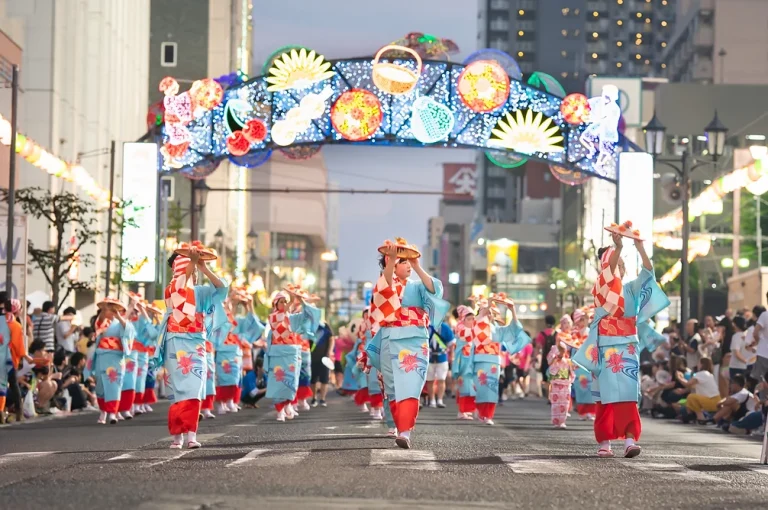
Yamagata Hanagasa Festival (August 5th - 7th)
One noticeable trait that many people notice about those that live in Yamagata is the overwhelming pride that Yamagata people feel for their hometown that extends to everything from the local cuisine, to the stunning scenery and of course to the traditions that have been passed down from generation to generation. The Hanagasa Festival celebrates the traditional folk culture of Yamagata City and features over 10,000 Hanagasa dancers each year. “Yassho makkasho!” is the call sung by the Hanagasa dancers as they weave their way through the city, brandishing their benibana flower-clad hats to the rhythm of the taiko drum. The dance has many regional styles and anyone can participate and learn!
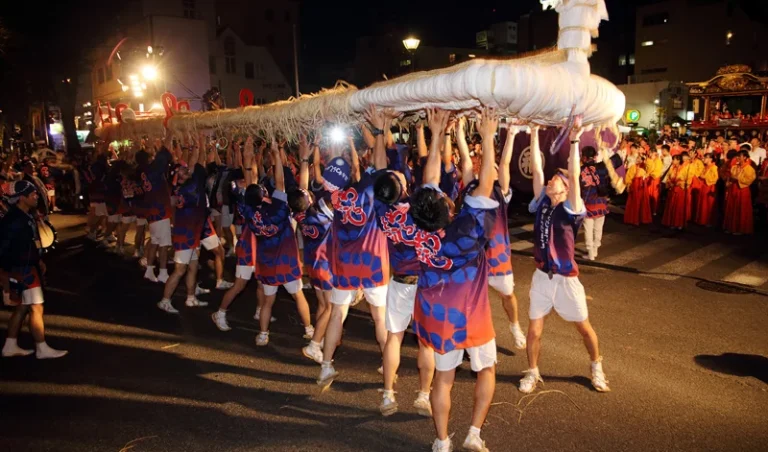
Fukushima Waraji Festival (the first Saturday and Sunday of August)
The sight of a giant straw sandal being carried through the streets may sound like some sort of strange fever dream but every year this giant sandal measuring 12 meters long and weighing 2 tons draws crowds of thousands from all around Japan that come to Fukushima just to see the spectacle with their own eyes. During the Waraji Festival, many other local groups such as schools or companies carry their own large sandals, although much smaller than the 12 meter one, and the streets erupt into song and dance in full parade festivities. In addition, there are a number of other fun activities such as sandal races, celebrity appearances, and a reggae-jazz concert section of the festival!

